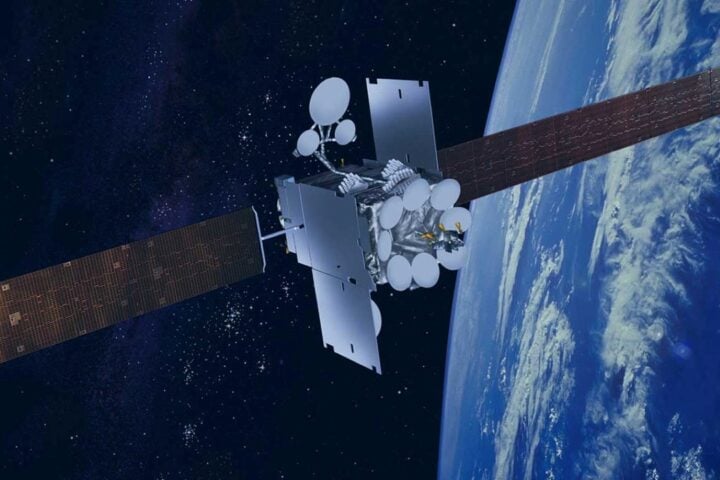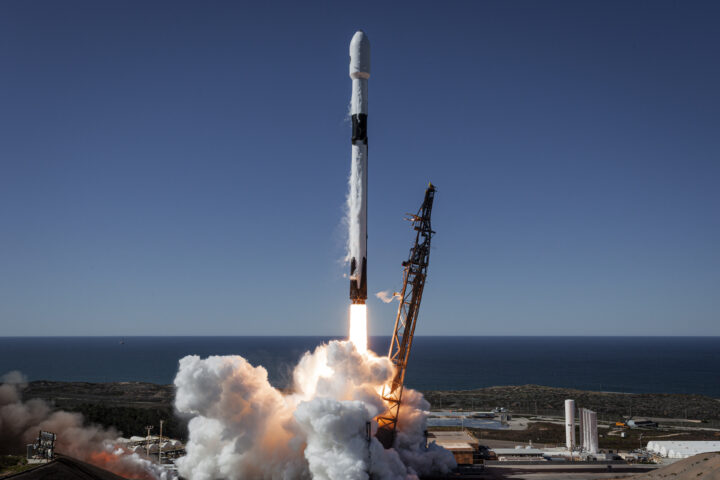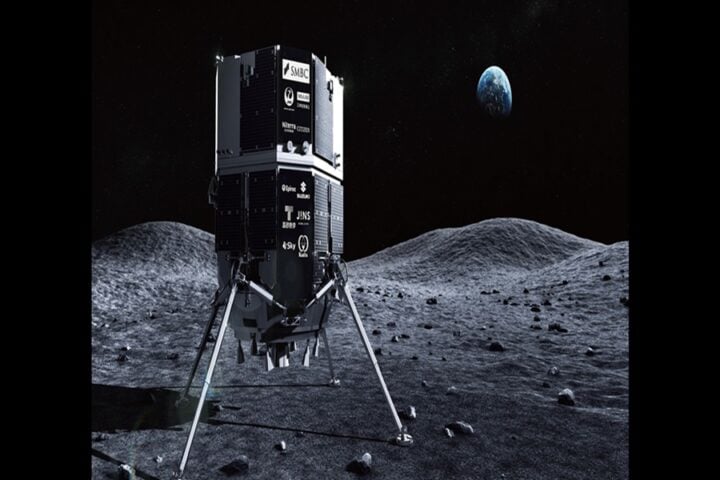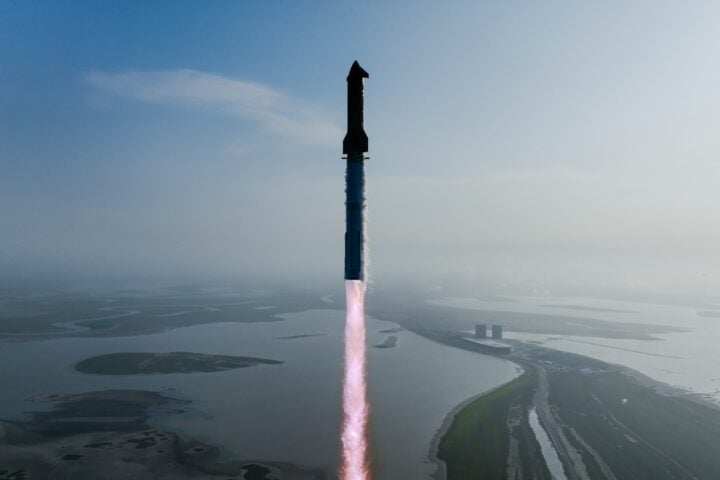With the aim of alleviating congestion at traditional launch sites, rocket launches from a floating platform in US territorial waters have been successfully conducted by two companies: The Spacesport Company and Evolution Space.
These companies celebrated the milestone of the first-ever rocket launches from US territorial waters. As part of a proof-of-concept test for offshore launches, the Spaceport Company hosted Evolution Space’s four sounding rocket launches, providing valuable insights for the Spaceport Company’s next project: constructing a sea-based spaceport capable of orbital operations.
Approvals from the Federal Aviation Administration (FAA) and US Coast Guard, as well as clearance of airspace and waters for safety, were required for the launches. Although the specific location of the launches was not disclosed,airspace closures were in effect in the Gulf of Mexico, south of Gulfport, Mississippi.
Evolution Space, a California-based company, conducted the launches using solid-propellant launch vehicles designed for defense and space applications. To reduce strain on existing rocket ranges, the Spaceport Company performed suborbital rocket launches from a modified ship in the Gulf of Mexico.
The company plans to develop floating launch platforms based on a lifeboat design, capable of anchoring itself out of the water. These platforms offer advantages such as eliminating the need for land-based infrastructure and providing flexibility to meet launch demand. They will accommodate small launch vehicles with payloads of up to approximately 1 ton in low Earth orbit.
The Spaceport Company aims to secure platform development and has already established partnerships with launch providers like Vaya Space. Previous examples of floating launch platforms include the multinational Sea Launch venture and SpaceX’s consideration of offshore platforms for its Starship vehicle.
The demonstration launches received approval from the FAA, the US Coast Guard, and the National Security Innovation Capital Program. Evolution Space’s solid propulsion launch vehicles are known for their 22-foot height. Although specific details were not provided, the at-sea launches are expected to have fewer environmental impacts compared to land-based launches.
Similar Post
The recent launch of the Starship system by SpaceX highlighted environmental concerns and emphasized the need for comprehensive assessments by regulatory authorities. In fact, SpaceX joined the lawsuit to assess hazards and debris issues, leading to the FAA facing a lawsuit regarding the Starship launch from environmental groups.
Tom Marotta, the CEO of the Spaceport Company, argues that launching at sea is the most viable solution to address spaceport congestion and community opposition. Previously, companies like Boeing pursued seaborne launching opportunities until geopolitical factors disrupted those partnerships.
While countries like South Korea and China have their own sea launch systems, offshore launch platforms are also being explored by SpaceX and other organizations. Some companies are considering small spaceports in different regions of the world, including Nova Scotia, the U.K., and Europe, to reduce infrastructure impact.
However, overseas options require lengthy export control approvals, and land-based spaceport proposals in the US have faced delays or opposition from local communities. The development of sea-based spaceports offers a potential solution to the challenges faced by traditional launch sites, benefiting space exploration and satellite deployment.


















